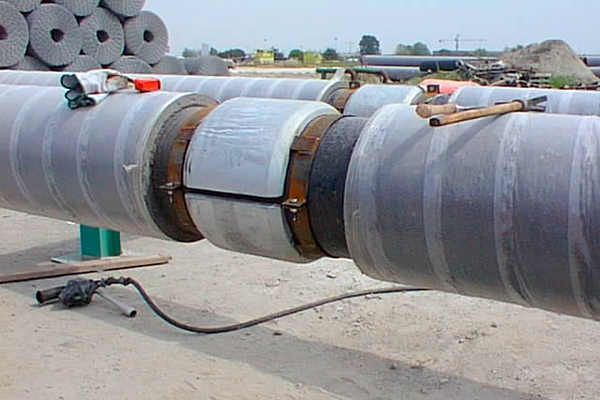Cathodic protection (CP) is a crucial method used to control the corrosion of metal surfaces in various industries, including oil and gas, water, and marine structures. The lifespan of a cathodic protection services system depends on several factors, including the type of system, the environment in which it operates, and the maintenance practices employed. We will explore the lifespan of cathodic protection systems in detail, examining the key factors that influence their longevity and how they can be optimized to extend their service life.
Factors Influencing the Lifespan of Cathodic Protection Services Systems
Type of Cathodic Protection System
There are two main types of cathodic protection services systems: impressed current and sacrificial anode systems. Impressed current systems typically have a longer lifespan compared to sacrificial anode systems. This is because impressed current systems use an external power source to generate the protective current, allowing for more precise control and adjustment of the cathodic protection level.
Environment
The environment in which a cathodic protection services system operates plays a significant role in determining its lifespan. Factors such as soil resistivity, temperature, pH levels, and the presence of corrosive substances can all affect the rate of corrosion and the effectiveness of the CP system. Harsh environments with high levels of moisture, salt, or chemical contaminants may accelerate corrosion and reduce the lifespan of the CP system.
Design and Installation Quality
The design and installation of a cathodic protection system are critical factors that can impact its lifespan. A well-designed system that is properly installed according to industry standards and best practices is more likely to perform effectively and last longer. Poor design or installation can lead to inadequate protection coverage, uneven current distribution, and premature system failure.
Maintenance Practices
Regular maintenance and monitoring are essential for maximizing the lifespan of a cathodic protection services system. Routine inspections, testing, and maintenance activities, such as cleaning electrodes, replacing sacrificial anodes, and adjusting current levels, can help identify and address issues before they escalate and prolong the life of the CP system.
Typical Lifespan of Cathodic Protection Systems
The lifespan of a cathodic protection system can vary widely depending on the factors mentioned above. In general, well-maintained impressed current systems can last upwards of 20-30 years or more, while sacrificial anode systems may have a shorter lifespan of 10-20 years. However, these are just rough estimates, and actual lifespans can vary based on specific conditions and circumstances.
Strategies for Extending the Lifespan of Cathodic Protection Systems
Regular Inspection and Maintenance
Implementing a proactive inspection and maintenance program is crucial for identifying potential issues early and addressing them before they escalate. This includes routine visual inspections, testing of system components, and preventive maintenance activities to ensure optimal performance and longevity.
Monitoring and Control
Continuous monitoring of key parameters such as current levels, potential differences, and corrosion rates can provide valuable insights into the health and performance of the cathodic protection services system. Real-time monitoring systems allow for timely intervention and adjustments to optimize protection levels and extend the lifespan of the CP system.
Corrosion Mitigation Measures
In addition to cathodic protection, implementing other corrosion mitigation measures can help enhance the longevity of metal structures. This may include the use of corrosion-resistant materials, coatings, inhibitors, and design modifications to minimize exposure to corrosive environments and reduce the overall corrosion rate.
Regular System Upgrades and Refurbishments
As cathodic protection services technology continues to evolve, upgrading or refurbishing existing systems with newer, more advanced components and technologies can help extend their lifespan and improve performance. This may involve retrofitting existing systems with more efficient anodes, upgrading monitoring and control systems, or implementing corrosion management strategies tailored to specific operational requirements.
Conclusion
The lifespan of a cathodic protection services system depends on various factors, including the type of system, environmental conditions, design and installation quality, and maintenance practices. By implementing proactive inspection and maintenance programs, monitoring and control systems, corrosion mitigation measures, and regular system upgrades, operators can maximize the lifespan of their cathodic protection systems and ensure long-term asset integrity and reliability.


